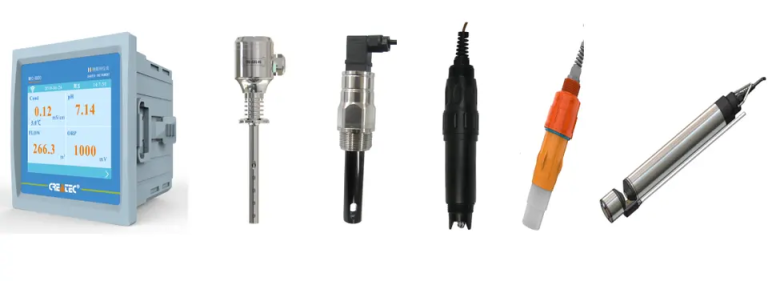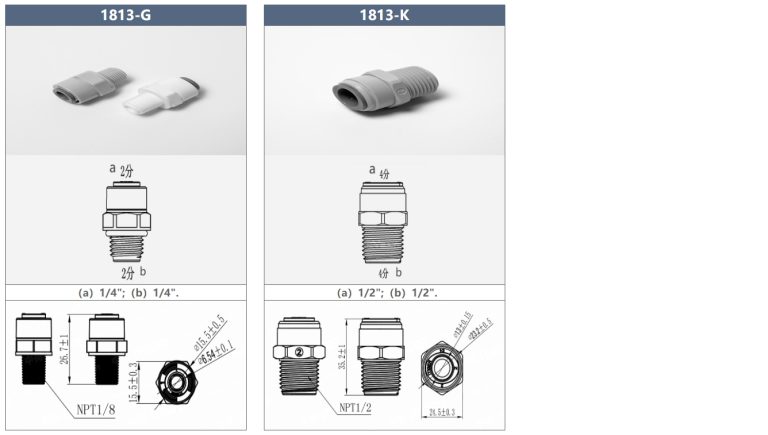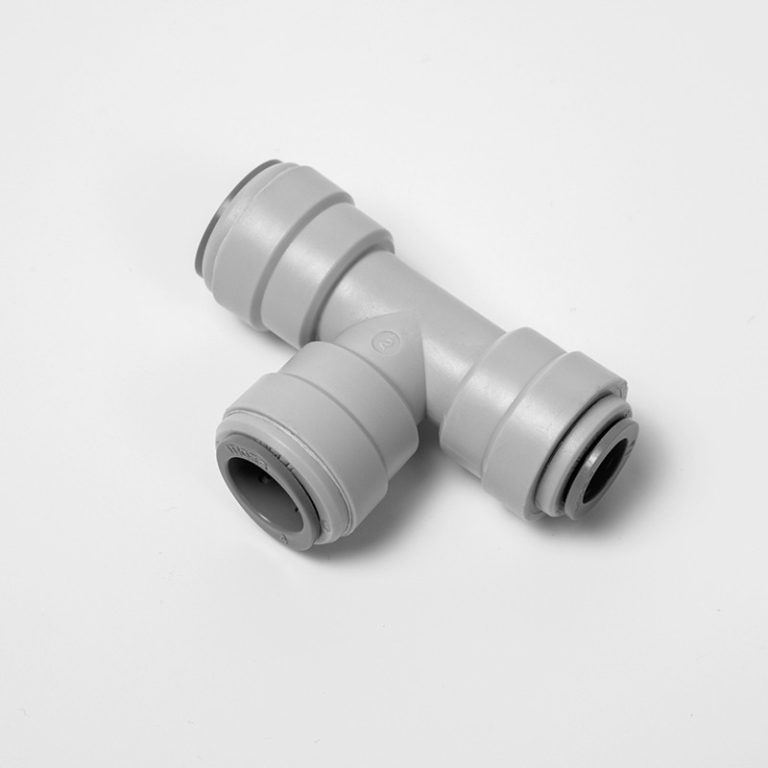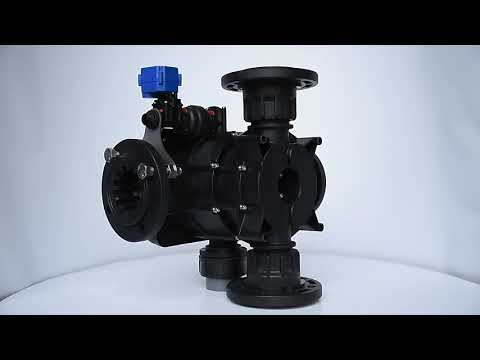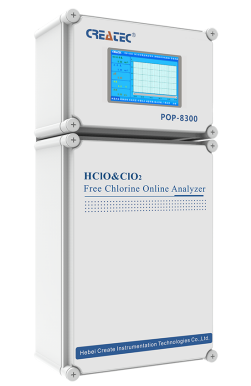“Enhance your water softening experience with a sediment filter.”
The Importance of Using a Sediment Filter with a Water Softener
Do I Need a Sediment Filter with a Water Softener?
When it comes to water softeners, many people wonder if they also need to use a sediment filter. While water softeners are designed to remove minerals that cause hardness, they are not specifically designed to remove sediment. However, using a sediment filter in conjunction with a water softener can provide several benefits.
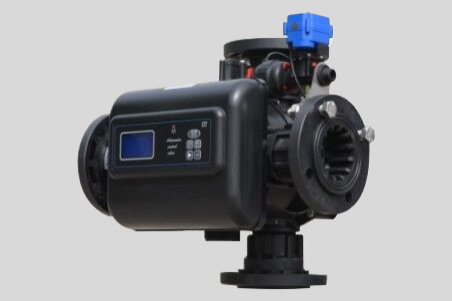
First and foremost, a sediment filter helps to remove larger particles such as sand, silt, and rust from your water. These particles can come from various sources, including your plumbing system or the municipal water supply. If left untreated, sediment can cause clogs and damage to your plumbing fixtures and appliances. By using a sediment filter, you can prevent these particles from entering your water softener and causing potential issues.
Another reason to use a sediment filter with a water softener is to improve the overall efficiency and lifespan of your softening system. Sediment can accumulate in the resin tank of a water softener, reducing its effectiveness over time. This can lead to decreased water flow, increased salt usage, and ultimately, a shorter lifespan for your water softener. By removing sediment before it reaches the softener, you can help maintain its efficiency and prolong its lifespan.
Furthermore, using a sediment filter can also improve the quality of your softened water. Sediment particles can affect the taste, odor, and clarity of your water. By removing these particles, you can enjoy cleaner, clearer, and better-tasting water throughout your home. This is especially important if you use your softened water for drinking or cooking purposes.
In addition to these benefits, using a sediment filter can also help protect other water treatment systems in your home. For example, if you have a reverse osmosis system or a carbon filter, sediment can clog their filters and reduce their effectiveness. By using a sediment filter before these systems, you can prevent clogs and ensure that they operate at their optimal performance.
When it comes to choosing a sediment filter for your water softener, there are several options available. The most common type is a whole-house sediment filter, which is installed at the main water line to filter all the water entering your home. These filters typically use a replaceable cartridge that needs to be changed periodically.
Alternatively, you can also opt for a point-of-use sediment filter, which is installed at specific faucets or appliances that require filtered water. These filters are typically smaller and more affordable than whole-house filters, but they only filter the water at the specific point of installation.
| Model | Central tube | Drain | Brine tank connector | Base | Power supply parameters | Maximum power | Pressure parameters | Operating temperature |
| 3150 | 2.375″(2″) O.D. | 2″NPTF | 1″NPTM | 4″-8UN | 24v,110v,220v-50Hz,60Hz | 87W | 2.1MPa | 1℃-43℃ |
| 0.14-0.84MPa |
In conclusion, while water softeners are not specifically designed to remove sediment, using a sediment filter in conjunction with a water softener can provide several benefits. It helps to remove larger particles, improves the efficiency and lifespan of your softening system, enhances the quality of your softened water, and protects other water treatment systems in your home. Whether you choose a whole-house sediment filter or a point-of-use filter, incorporating a sediment filter into your water treatment system is a wise decision.


